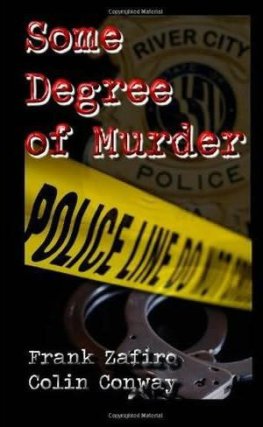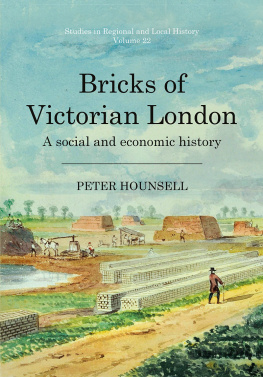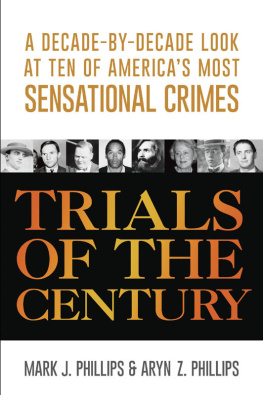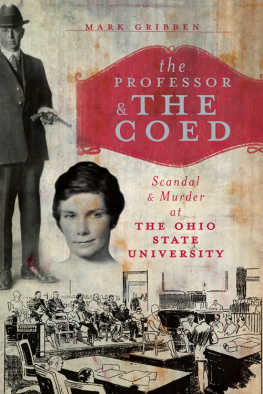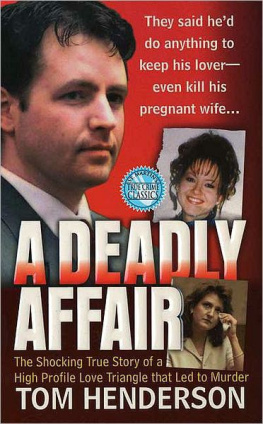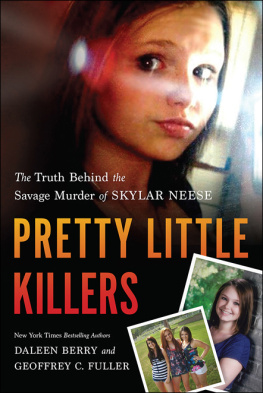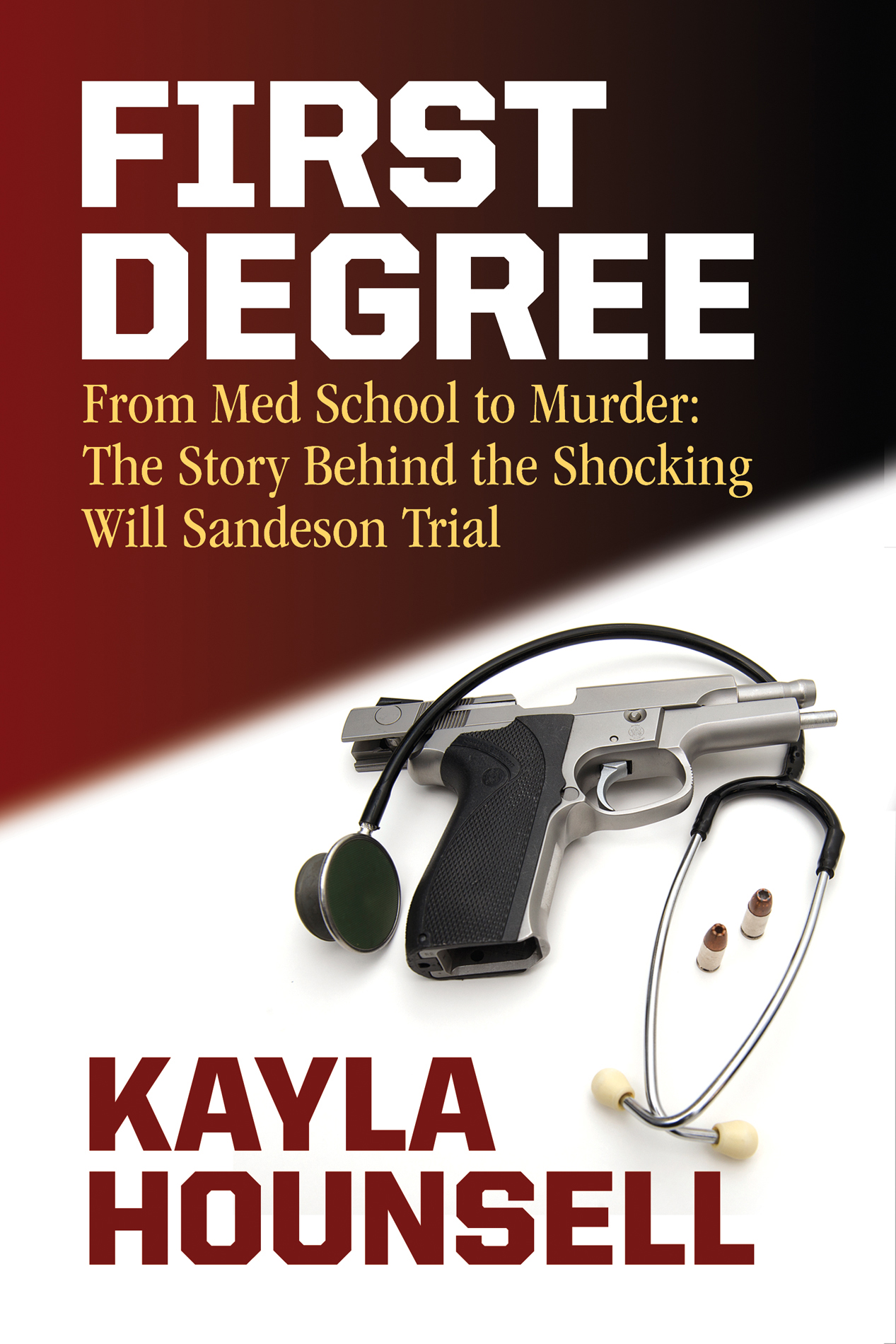This book is not a transcript of the trial, nor does it propose to cover every detail of the trial. When lawyers present evidence in court, the order sometimes depends on the availability of witnesses. As such, the order of some of the testimony has been changed to provide clarity to the story. The facts and context of the testimony have not been altered.
Chapter 1
Interrogation
O ne of first things investigators learn about William Sandeson is that he is interested in medicine. Corporal Jody Allison is in Ontario on another matter when he receives a call asking him to interview the twenty-two-year-old. Allison lands at the Halifax airport and drives straight to police headquarters on Gottingen Street. It is around 11:30 P.M. on August 18, 2015. Another officer is interviewing Sandeson in relation to a missing persons case. Allison has a brief meeting with the lead investigators and then goes home to catch a few hours of sleep before returning to the station at 6 A.M. Allison knows Sandeson has been accepted to Dalhousie Universitys medical school and is about to start classes any day. He also knows Sandeson spent some time at a med school in the Caribbean. He decides to use this information as a strategy.
William Sandeson, who often goes by Will, is already waiting for Corporal Allison in an interview room, but he has no idea what is about to occur. The five-foot-ten, one-hundred-and-fifty-pound, blond-haired, blue-eyed varsity athlete works at a group home for adults who live with disabilities. He has no criminal record.
Good Cop
Allison, clean-shaven with salt-and-pepper short coiffed hair, enters the eight-by-eight interrogation room in plain clothes: pants and a collared shirt with a sport jacket, no tie. Hes not a big guy. The room contains two chairs with cameras mounted on the walls.
Hows it going there, Will? He introduces himself as an officer with the RCMP in Halifax and tells Sandeson hes looking a little bit scared or nervous.
He asks Sandeson if he knows why hes been arrested. Sandeson, wearing sneakers, beige pants, and a blue-green T-shirt, says that he does. At this point, hes being questioned for kidnapping, trafficking, and misleading police.
You were in your first year of being a medical doctor, right? So I take it that youre somewhat educated, Allison begins.
Sandeson says hes completed five years of post-secondary.
So youre aware of all the different technology out there Im sure, being a first-year medical student.
The officer asks Sandeson if hes ever watched CSI . Perhaps, in another sign of technological advancements, Sandeson says he doesnt have a TV .
But Allison wont back down on the point.
Okay, but you would be familiar, I mean. CSI , a lot of what you see on that program is true; its just that some of the stuff takes a little longer, you know, they get it done in a half an hour in the show, where it takes, in real life, a lot longer than that.
Allison is explaining to Sandeson that officers have already entered his apartment. He describes how police use DNA samples and fingerprints.
Theres nobody else that has the same fingerprint as me, he says. Nobody else. He tells Sandeson that fingerprints used to be the gold standard, that no matter what you do to your finger, your fingerprint will grow back the same. But you know all this, he tells the promising young man seated before him.
Then Allison moves on to DNA , explaining that one of the first times it was used in Canada was in the case of Allan Legere, a New Brunswick serial killer. Legere killed five people between 1986 and 1989, when he was finally arrested. Due to the brutality of his crimes, he was called the Monster of the Miramichi.
I know the guy, Allison tells Sandeson, explaining that DNA was used to convict Legere. Theres always something that the suspect leaves behind, he goes on, and theres always something that the suspect takes with them.
Sandeson just sort of nods in agreement.
Allison also tells Sandeson that experts can do calculations to figure out what happened, based on how much blood there is and where it landed. Sandeson seems to be following along, chiming in that he knows they can determine things based on the velocity of the spatter. Allison continues that even if people try to clean up, blood may still be there years later.
It seems to be a warning of some kind, but the officer also seems to be trying to bond with Sandeson, telling him he has an aunt who has special needs and that he knows it takes a special kind of person to work with people who have special needs, as Sandeson does.
I give props to anybody that can go in there and have the patience, and basically a good heart. I think youve got a good heart, Allison tells Sandeson. I think that sometimes people, for whatever reason, they make some mistakes.
By all accounts, William Sandeson comes from a good family. His parents own a farm in Truro, his mother works for the Nova Scotia government in the Department of Agriculture and was the president of the local Rotary Club. He is the eldest of four boys. Unlike Allan Legere, he has never been in trouble with the law.
Theres times for whatever reason that things dont go quite as planned, Allison continues. Actually if you think about it, things never go quite as planned, right, Will? They never go quite as planned.
Then it comes back to the medicine. It always comes back to the medicine.
Allison asks Sandeson what specifically his aspirations are, whether he wants to be a GP , a surgeon, etc. Sandeson responds with two words only, sports medicine.


